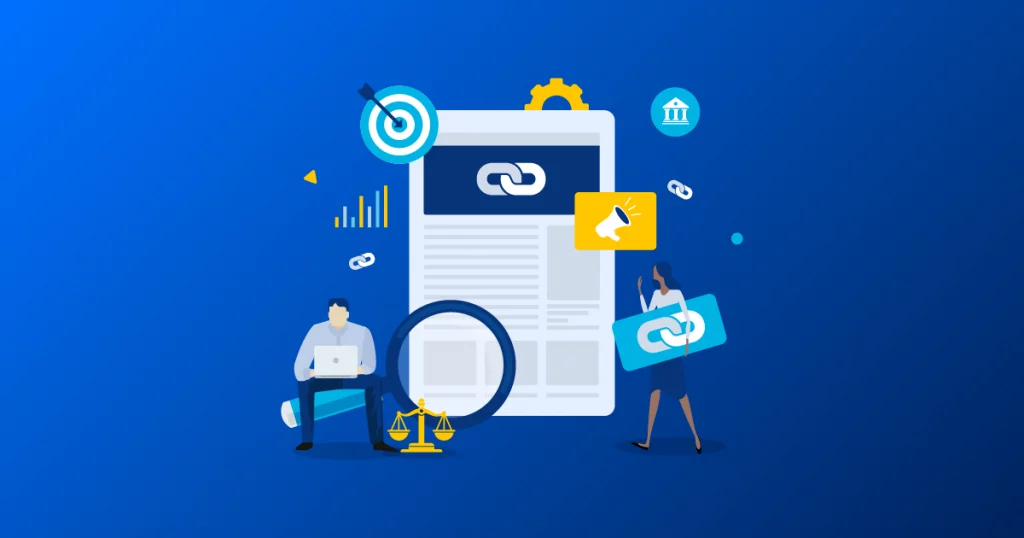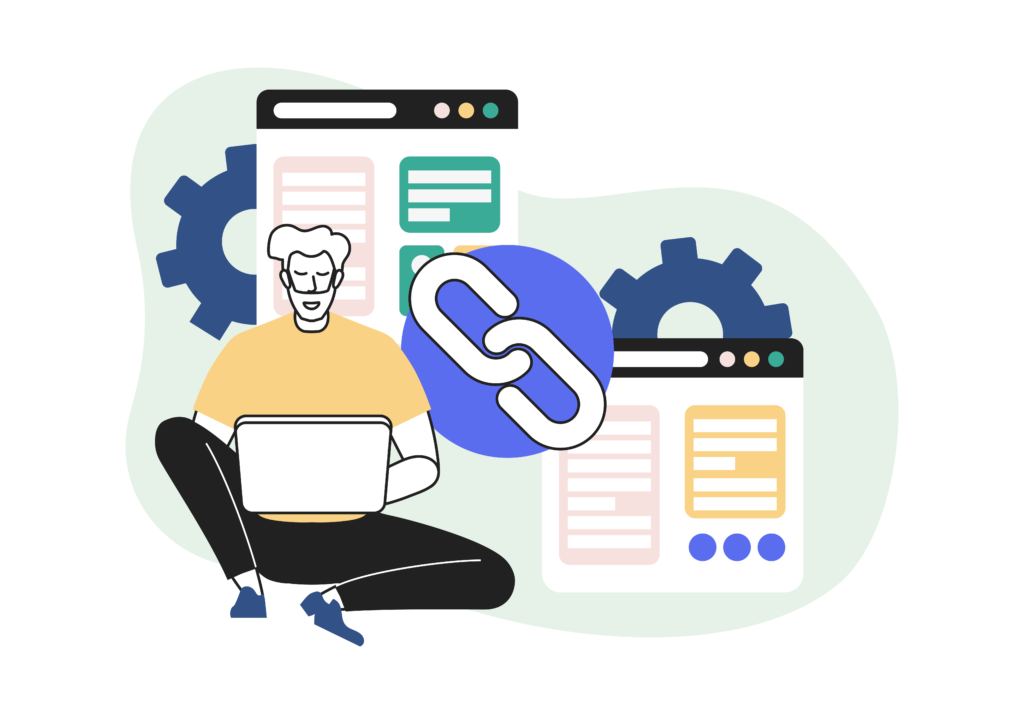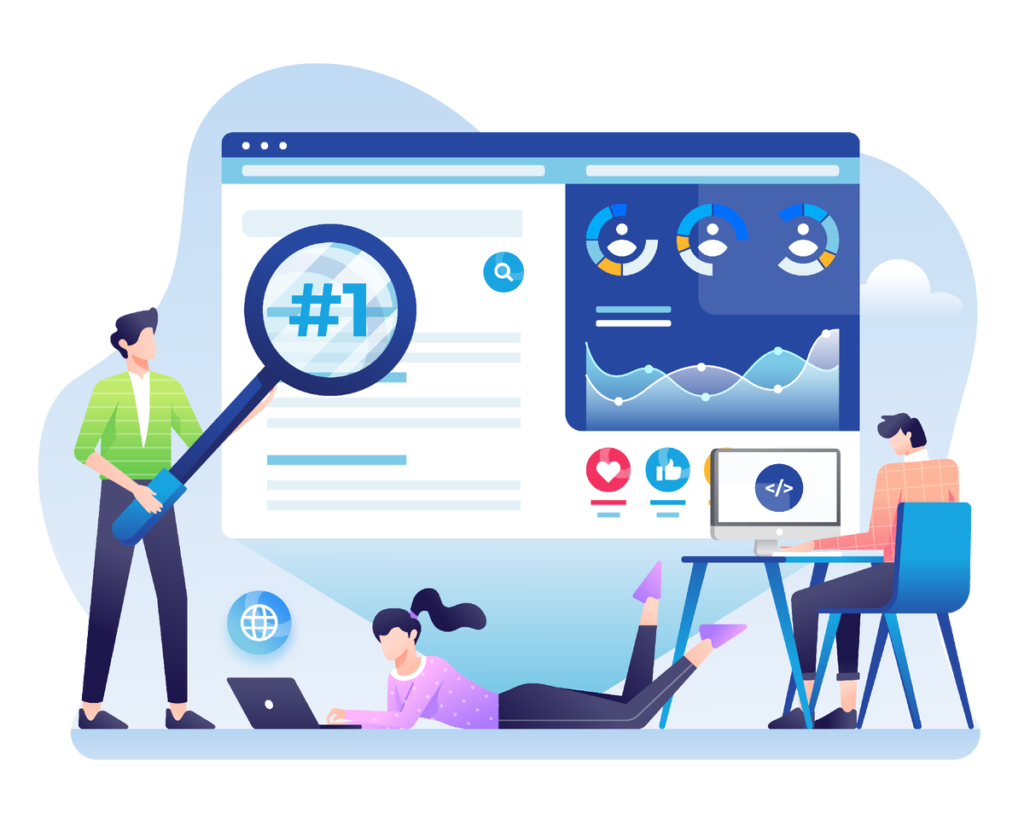When it comes to websites and SEO, links are like the roads that connect different destinations. Some roads keep you within the same city (internal links), while others take you to entirely new places (external links). Both types play a huge role in how users navigate a site and how search engines like Google determine its value.
But here’s the thing—most website owners don’t pay enough attention to SEO link strategy, missing out on major opportunities to boost rankings and engagement. Suppose you’re serious about growing your website’s traffic. In that case, you need to understand the difference between internal vs. external links, how they impact on-page SEO optimization, and why the importance of backlinks can’t be ignored.
Let’s break it all down in a way that makes sense.
Internal Links: The Secret to a Well-Connected Website
Imagine you walk into a shopping mall. Signs direct you to different stores, food courts, and exits. Without these signs, you’d be lost. That’s exactly what internal links do for your website—they help users (and search engines) navigate from one page to another within the same domain.

Why Internal Links Matter for SEO
- Better Navigation = Happier Visitors
Internal links help people find related content, keeping them engaged. Instead of reading one article and leaving, they’re encouraged to explore more, reducing bounce rates and increasing the time spent on your site. - Boosts Your Search Rankings
Google’s crawlers follow internal links to discover and index new content. The more connected your pages are, the easier it is for search engines to understand your site structure. This is called internal linking for SEO, and it’s one of the simplest ways to improve your rankings. - Passes Link Equity (a.k.a. SEO Power)
Some pages on your website have more authority than others (like your homepage or a high-traffic blog post). Linking from these strong pages to weaker ones helps distribute SEO value, increasing the ranking potential of lower-authority pages. - Creates a Logical Content Structure
A solid SEO link strategy involves organizing content into topic clusters. For example, if you write about the best Running Shoes, you should link to related topics like “How to Choose the Right Running Shoes” or “Best Shoes for Long-Distance Running.” This will tell search engines that you have a deep, authoritative collection of content.
How to Use Internal Links the Right Way
✔ Use descriptive anchor text (e.g., “Learn more about on-page SEO optimization” instead of “Click here”).
✔ Don’t overdo it—too many internal links can be overwhelming.
✔ Make sure your most important pages get the most links.
✔ Regularly audit your links to fix broken ones.

External Links: Building Authority & Credibility
While internal links keep users on your site, external links (outbound links) send them to a different website. But wait—why would you want people to leave your site?
Simple: external links SEO benefits outweigh the fear of losing visitors.
Why External Links Are Important
- Google Loves It When You Cite Reliable Sources
When you link to high-quality, authoritative websites, Google sees your content as well-researched and trustworthy. For example, if you’re writing about health and link to Mayo Clinic or Harvard Medical School, that adds credibility to your article. - Helps Your Readers Get More Value
Not everything needs to be covered on your own site. Sometimes, linking to a reputable source that explains a concept in depth is better than rewriting the same thing. This makes your content more useful, which increases trust with your audience. - Encourages Backlinks to Your Own Site
Here’s where the importance of backlinks comes in. When you link to other websites, some of them might notice and return the favor by linking back to you. These backlinks are gold for SEO—they tell search engines your site is worth referencing, boosting your rankings. - Shows You’re Part of a Bigger Conversation
Linking externally proves that you’re aware of industry trends and other experts. It positions your content as part of a broader discussion rather than an isolated opinion.
How to Use External Links the Right Way
✔ Link only to high-quality, relevant sources.
✔ Open external links in a new tab so users don’t leave your site completely.
✔ Use nofollow tags for sponsored or affiliate links (so Google doesn’t see them as paid endorsements).
✔ Avoid linking to competitors unless absolutely necessary.
How Links Impact SEO: A Balanced Strategy Is Key
You can’t rely solely on internal linking for SEO or just focus on external links’ SEO benefits. The best approach is to balance both: use internal links to strengthen your site structure and external links to build credibility.

Here’s a quick SEO link strategy to follow:
- Optimize Internal Links: Make sure every important page on your site is linked to multiple other pages.
- Use External Links Wisely: Cite authoritative sources but don’t overdo it (too many external links can dilute your SEO power).
- Build High-Quality Backlinks: Work on getting reputable sites to link back to you. This is one of the biggest SEO ranking factors.
- Check Your Links Regularly: Broken links hurt both user experience and SEO.
Final Thoughts: Links Are the Lifeline of SEO
The impact of links on SEO is undeniable. Internal links keep your site organized and engaging, while external links build trust and authority. When used strategically, both types of links can drive higher rankings, more traffic, and a better user experience.
So, next time you publish a new blog post or update a webpage, ask yourself:
Did I add relevant internal links?
Am I linking to credible external sources?
Is my site structured in a way that search engines can easily understand?
Get these right, and you’ll be well on your way to SEO success.